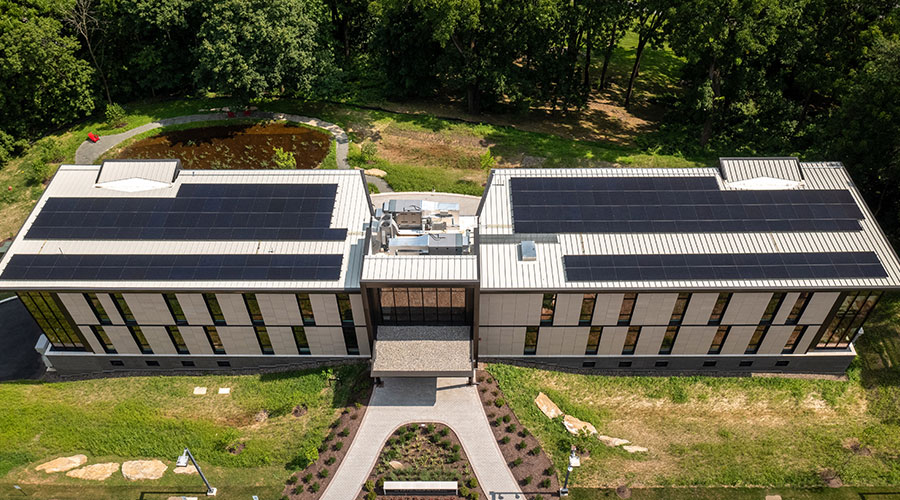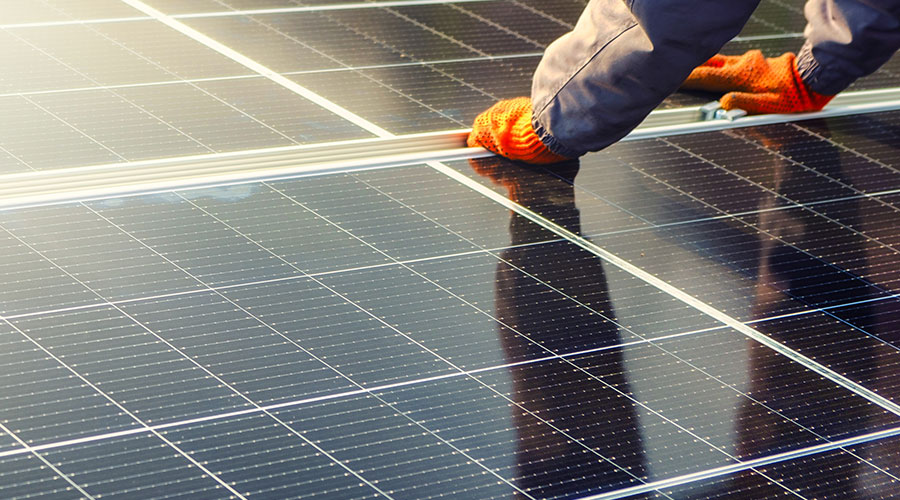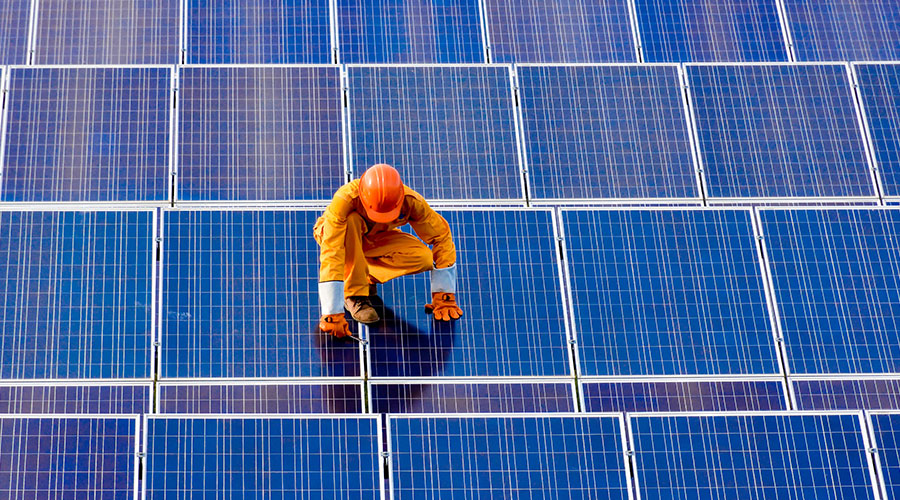Vegetative Roofs: Secondary Components Include Root Barriers and Vapor Retarders
Managers also need to consider secondary components in the system when appropriate:
Drainage composite. This molded plastic sheet with adhered filter fabric allows water to migrate to the drains within the composite.
Root barriers. When managers specify plants such as trees and shrubs that have deep root structures, they also should specify root barriers between the plantings and waterproofing membrane. The barriers reduce the potential for roots to reach the membrane and cause deterioration.
Vapor retarder. Depending on the waterproofing system and building conditions, a vapor retarder might help prevent condensation from forming within the roof system.
Water-retention layer. Depending on the planting type, managers can incorporate water-retention layers or systems to pond limited amounts of water within the system and maintain moisture in the planting system between periods of rain.
Related Topics:
















